![[Guide] RFP proposal software for small businesses](https://www.responsive.io/wp-content/uploads/2019/12/Blog_1340x920_Image_157.jpg)
Start Responding Like a Pro
The Responsive blog is full of insights and best practices, giving you the tools you’ll need to streamline your process and respond with confidence.
Featured Post
![[Guide] RFP proposal software for small businesses](https://www.responsive.io/wp-content/uploads/2019/12/Blog_1340x920_Image_157.jpg)
[Guide] RFP proposal software for small businesses
Selling & EnablementWhy should you invest in AI-enabled proposal software? Because proposals are mission-critical revenue generators for companies who prioritize them and […]
Category: Selling & Enablement
![[Guide] RFP proposal software for small businesses](https://www.responsive.io/wp-content/uploads/2019/12/Blog_1340x920_Image_157.jpg)

How to maximize ROI of a strategic response management platform
Selling & Enablement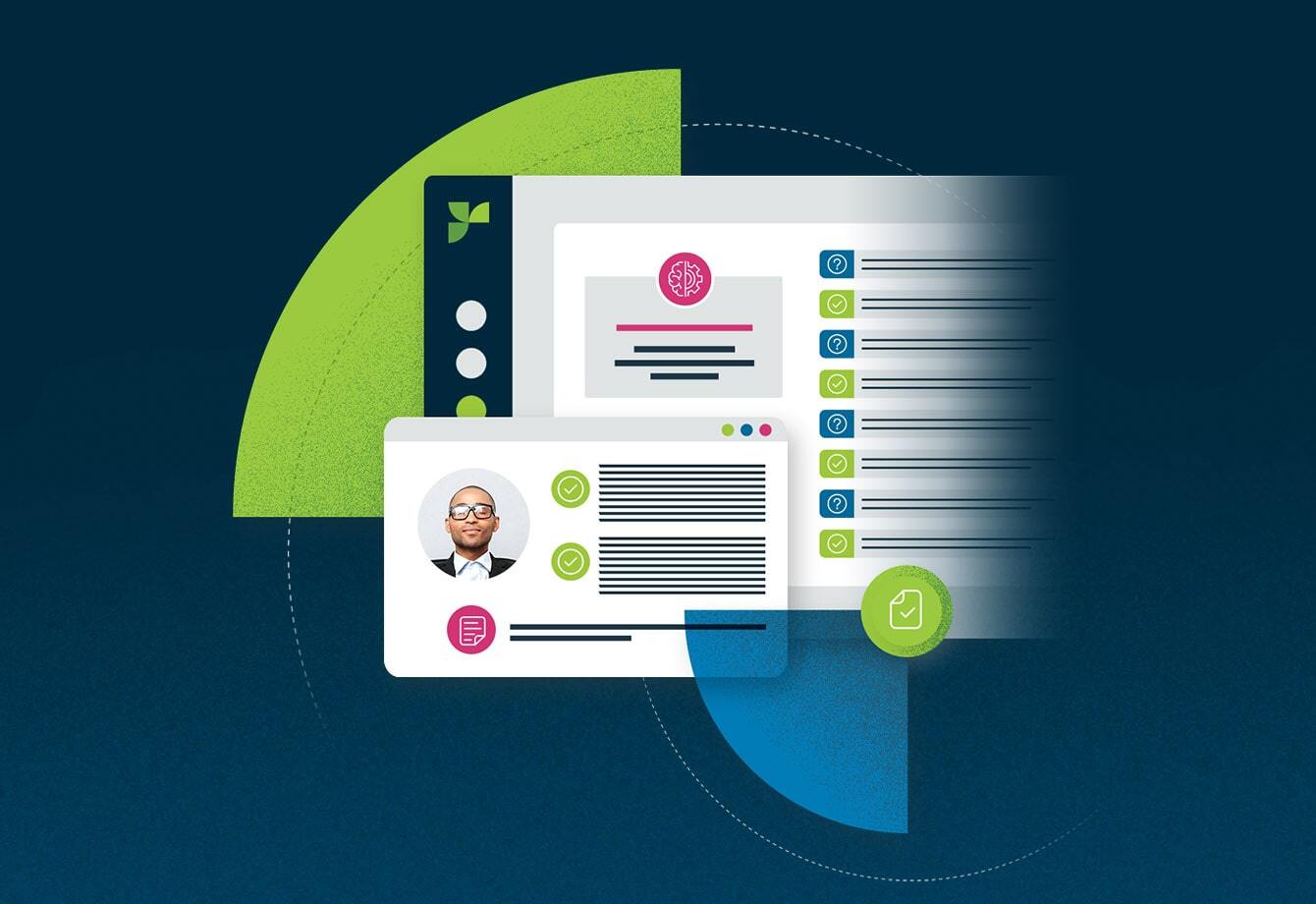
Guide to a great RFP response process
Selling & Enablement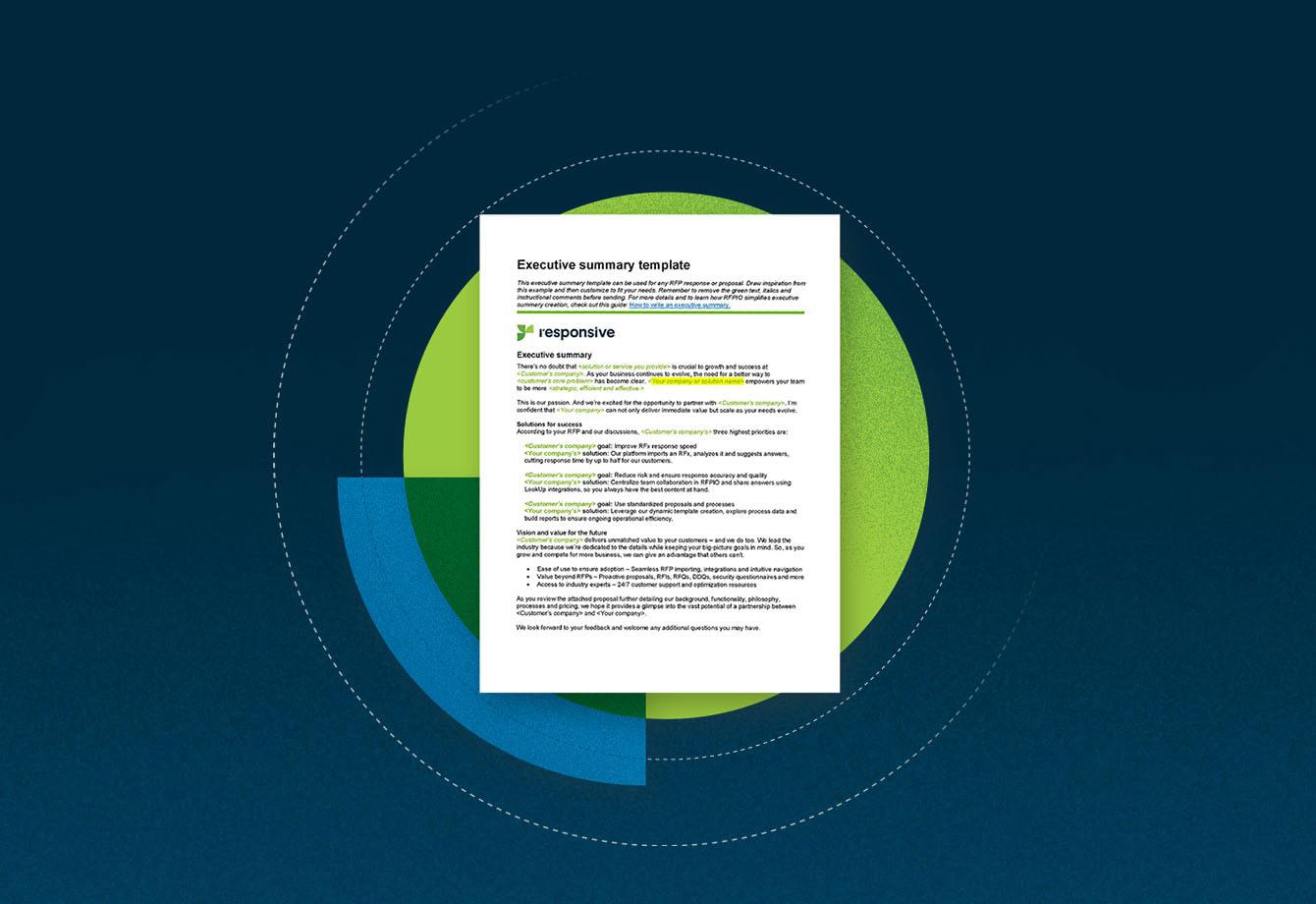
Request for proposal executive summary: Example, template & tips
Selling & Enablement
RFP best practices — Content and process tips
Selling & Enablement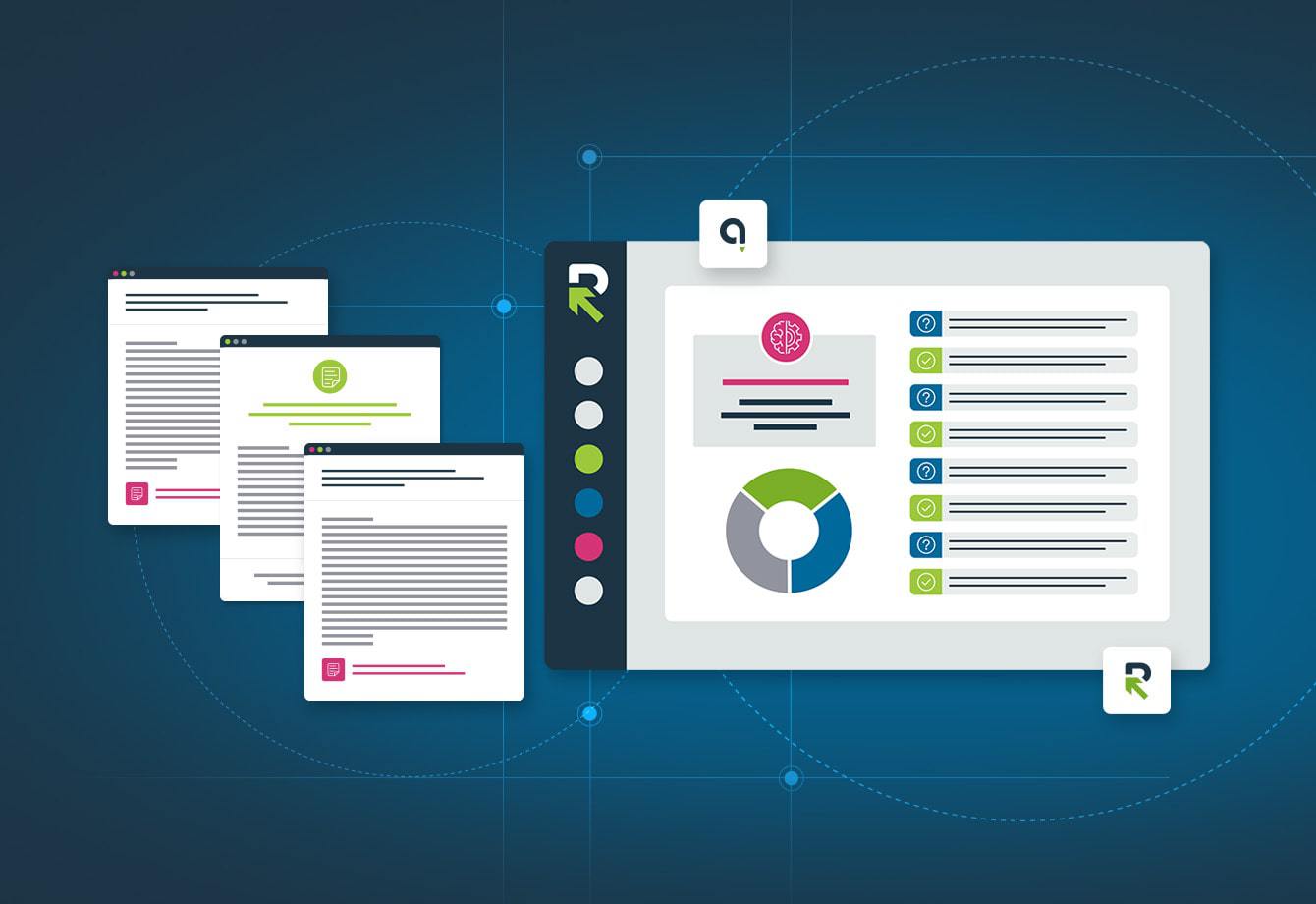
Proposal automation guide: Benefits, uses, tips & software
Selling & Enablement
How to write a letter of intent to bid: Tips, examples & template
Selling & Enablement
How profiles can enhance and accelerate the sales process
Selling & Enablement
Bid or no-bid decision guide: Save time & improve RFP win rates
Selling & Enablement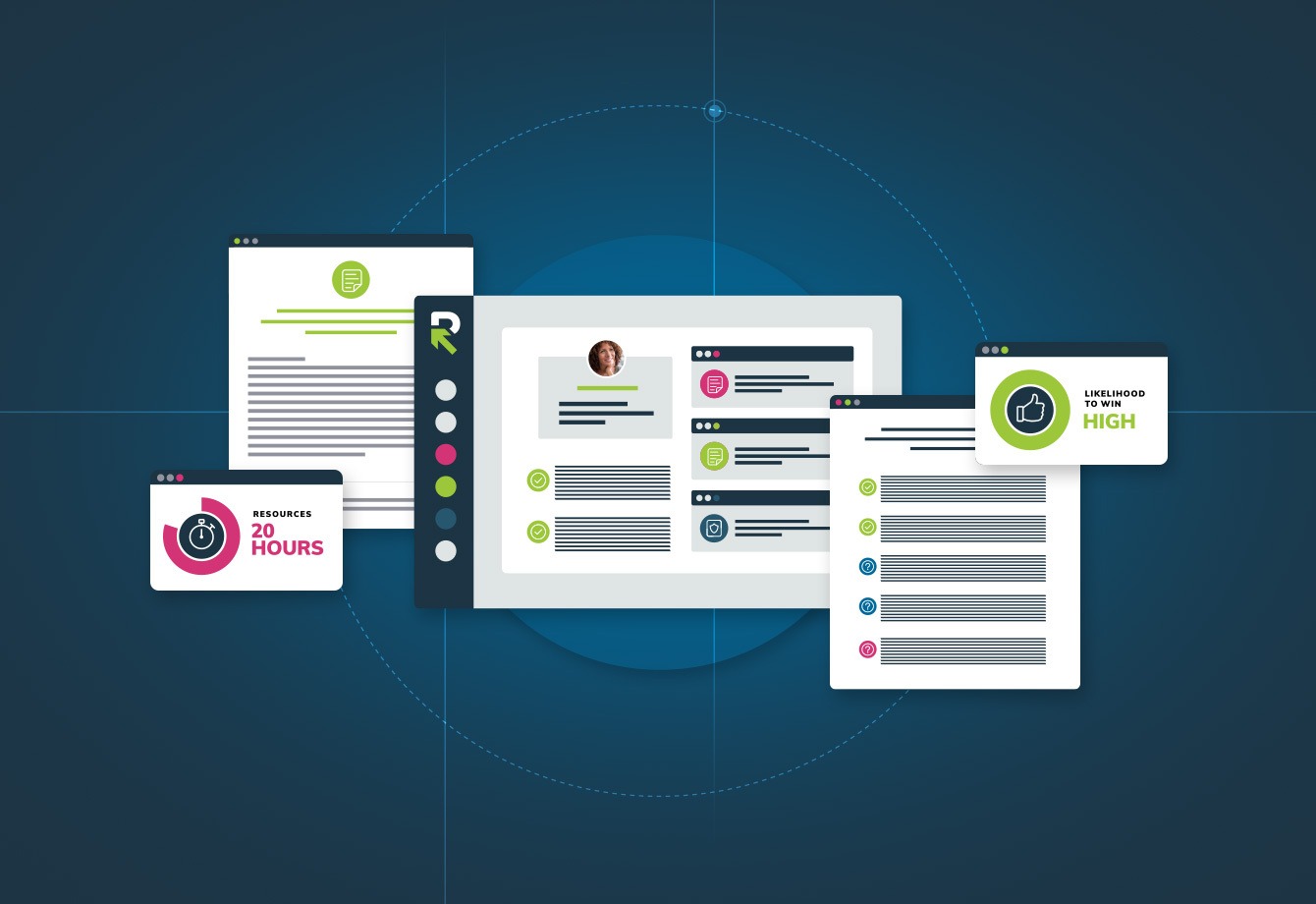
Understanding the RFP response process
Selling & Enablement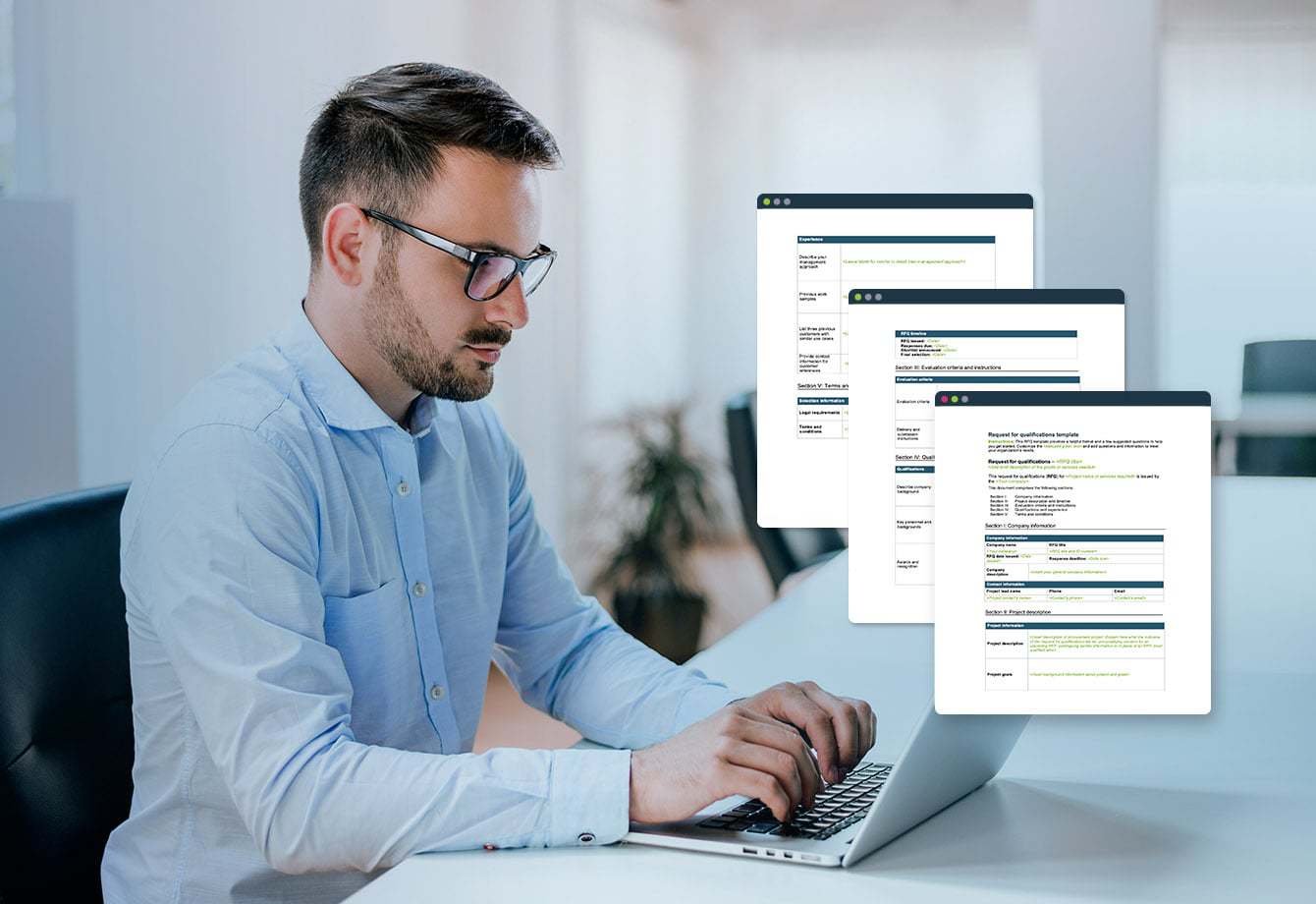
Request for qualifications: A guide to the other RFQ
Selling & Enablement, Templates & guides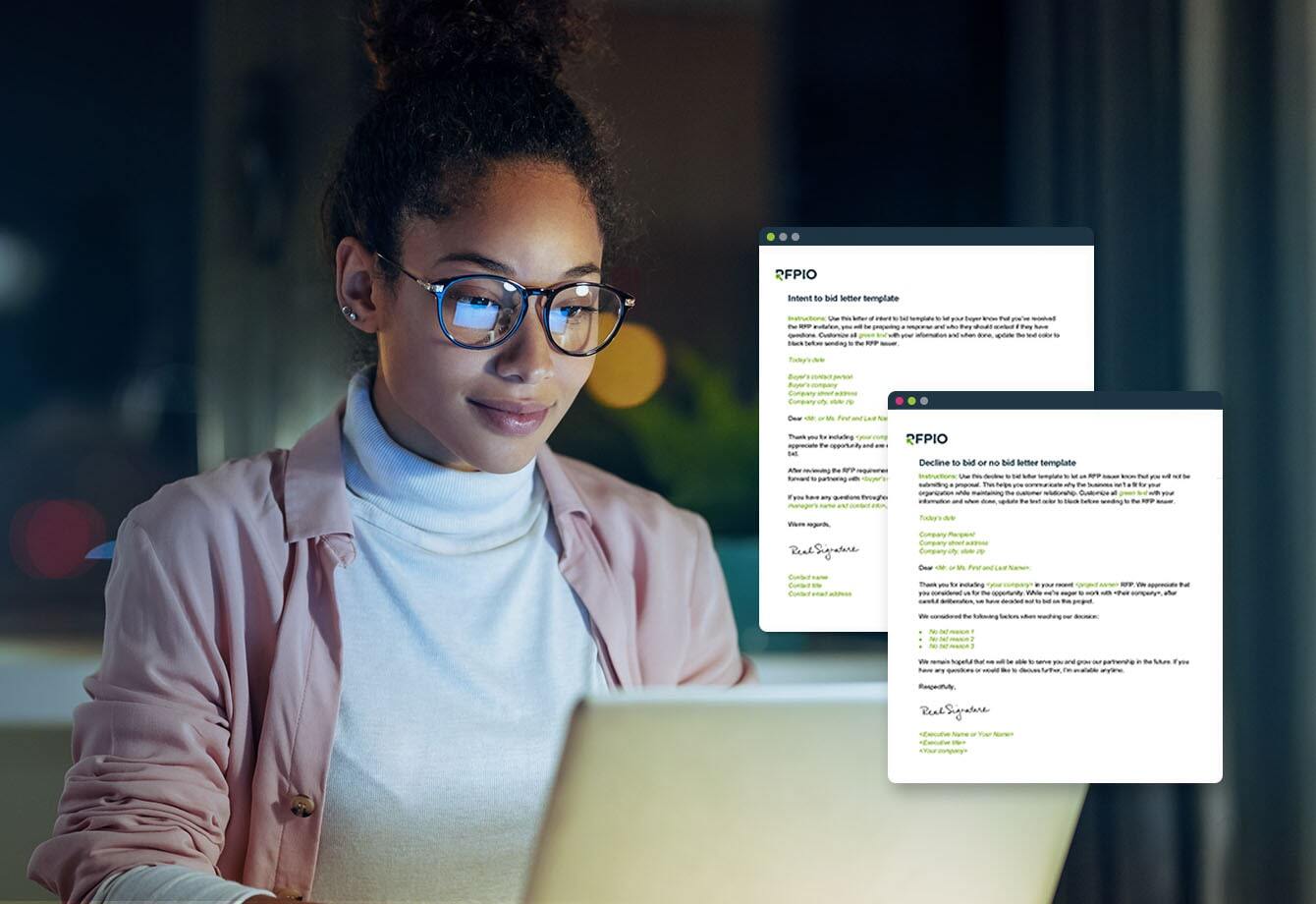
How to write a letter of intent to bid: Tips, examples & template
Selling & EnablementSee how it feels to respond with confidence
Why do 250,000+ users streamline their response process with RFPIO? Schedule a demo to find out.